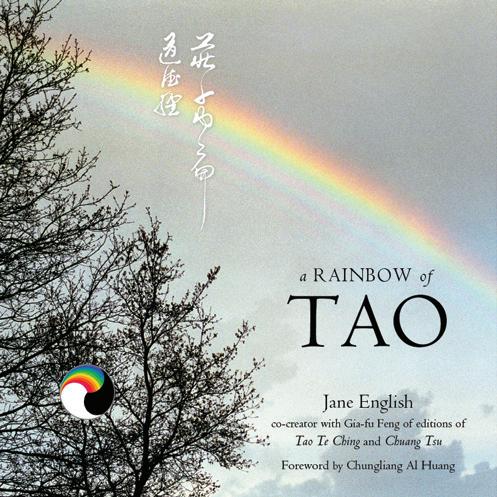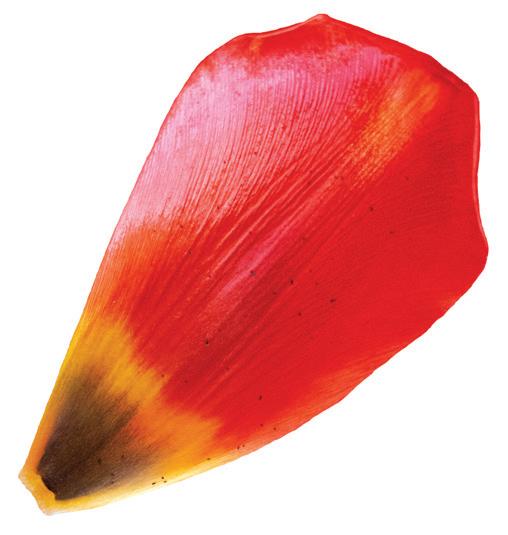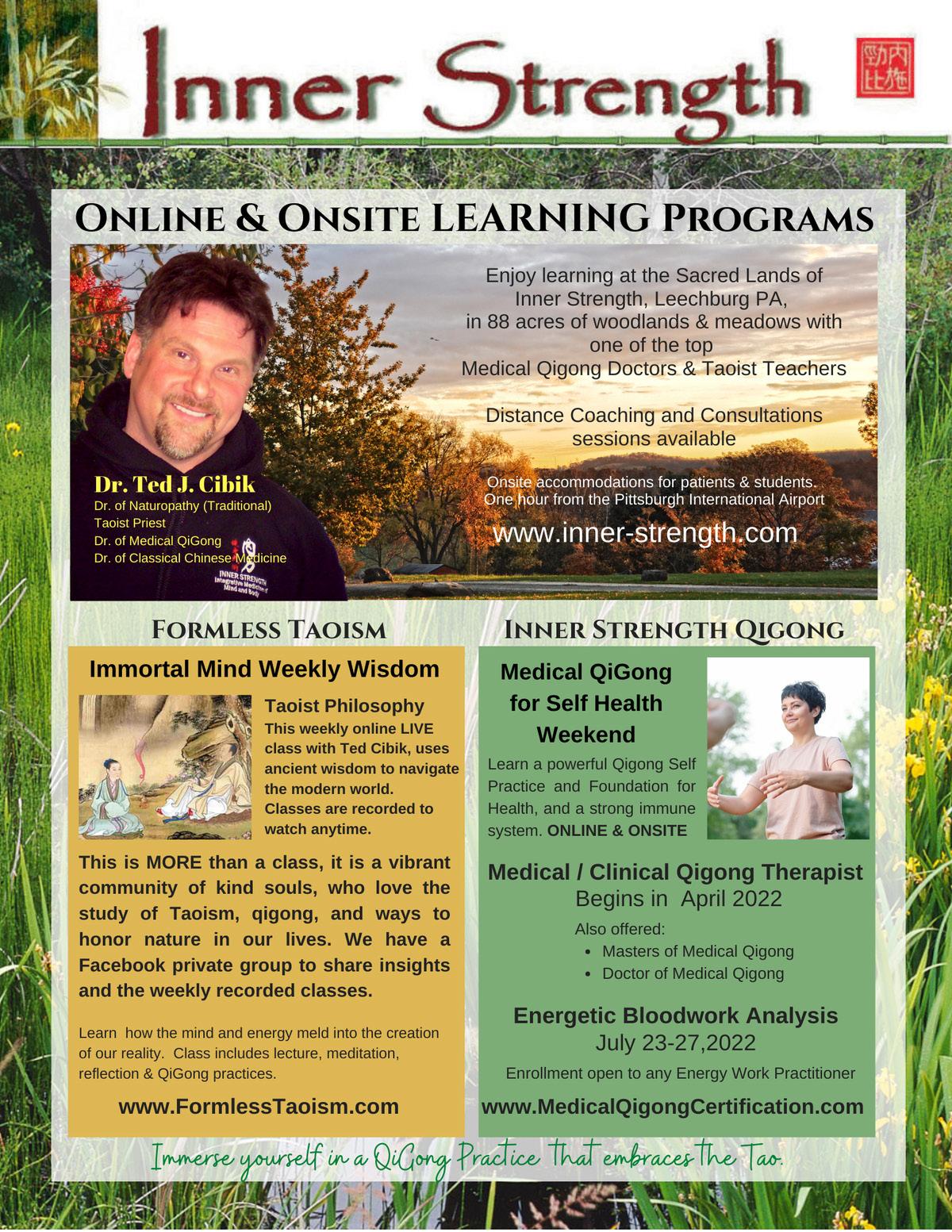
2 minute read
Is Tao Indigenous?
Jane English
Near the end of my 2018 book, A Rainbow of Tao, I wrote:
“Through all these years of work with our best-selling editions of Tao Te Ching and Chuang Tsu: Inner Chapters, I had been noticing how patriarchal the text was. When I asked Chungliang Al Huang about this, he assured me that the ancient Chinese was much more gender neutral and supported my bringing more balance to the English translation. Toinette Lippe, my long-time editor at Alfed A. Knopf (Random House), came out of retirement to help with this project, which resulted in new editions of both books — Tao Te Ching in 2011 and Chuang Tsu: Inner Chapters in 2014. I recently became aware that through all these years of work on the Tao books and calendars I have carried a nagging uncertainty as to the appropriateness of my doing this work, being a woman, having European ancestors, and knowing no Chinese at all — yet I did do the work.
Reviews of our Tao Te Ching when it was first published in 1972 included comments that this ancient text had been “gussied up” and “decorated” with photographs. Yet there was also a review that suggested that while the real Tao cannot be told, perhaps it could be photographed. It is only through my association with indigenous people — Native American, Basque and Inuit — that I have come to understand that through my many years of spending time in the natural world and through my photography I had become “fluent” in the even more ancient language of Nature — trees, clouds, sun, moon, plants, water and mountains. Taoist wisdom is itself an indigenous tradition, so its combination in our books with photographs of nature is fitting. The integration within my own being of European, Native, Taoist and Natural wisdom was reflected to me recently in a dream. I was with a red man and a yellow man, Inuit and Asian. Together we were making stained glass of red and yellow tulips, which are European Nature.”
What did I mean when I said, “Taoist wisdom is itself an indigenous tradition,” in what ways is it indigenous, and what does indigenous mean? I was refering to the integral connection with the natural world that I find in the texts of Tao Te Ching and Chuang Tsu: Inner Chapters—the stories of water, mountains, animals, plants and humans. Many indigenous languages are deeply connected to place, to Earth and Sky. I had been told that from an indigenous perspective everything is alive. Rather than living on Earth and under Sky, we are of Earth and of Sky. Then in another recent dream I experienced that; I was embedded in life, was among living relatives of many kinds—trees, water, rocks, sky, human. From this perspective much of what ails our modern world is experienced as unthinkable attacks on relatives and on self.
I hope that these brief thoughts will spur further discussion of Tao as being indigenous.

a red, black and yellow tulip petal
Tao books, calendars and other items are at Jane English’s Earth Heart website at eheart.com







